The most important metric for a SaaS business is customer satisfaction. With the ever-changing and improving features of customer support only the best businesses are keeping up. One can’t afford to ignore the following statistics on the big shift from conventional customer support to the new era self-support.
By 2020, customers will manage 85% of their relationship with the enterprise without interacting with a human [Gartner]
70% of customers prefer to use a company’s website to get answers to their questions rather than use phone or email. [Forrester]
55% say easy access to information and support can make them fall in love with a brand. [RightNow]
51% of customers prefer support through an online knowledge base. [Econsultancy]
What is Help Centre?
Help Centre is a central place for your support. The knowledgebase is one part, on top of that you might have an option to raise a support ticket, chat with someone, have contact details to reach your support, etc. The common approach to help structure is as follows: (when needed, not all sites are the same)
Help
- Knowledge Base
- FAQ
- Support
and other user supporting materials should be added here, such as video tutorials, community support forum, help chat and so on.
With the right partner and the right advice, help center setup and maintenance is easier than it may seem. Define your goals early so that they can guide your implementation, and always keep your customer at the forefront as you make decisionsIngredients of a good Help Center in Action
Product and support
Help Center is an arena where visitors pay a visit and spend time surfing more about your product. When a user/visitor land on help center, they can search for an article – “How to use “,” Product features” or “Best Practices”, instead of initiating a conversation with you. The basic onboarding and setup process a customer goes through when starting to use your service/product, broken down into steps.
No matter how vivid your help articles are, sometimes it doesn’t cut it. For these instances, make sure the support agent know about your help articles and encourage them to get familiar with the content there. Educating support agents about the help center design and content is compulsory, they should have a clear idea of what’s and where’s it documented and be able to easily point users to it.
New Feature release
Update and publish help articles as soon as you launch new features. Document every new feature or updates(versions) possible to foster an article life cycle. The help center is always a work in progress, create goals, plan, build, and release new versions, sync these and prepare new help center articles and keep updating the old ones.
Billing Inquiries
In this section answer, common billing questions cover billing policies and provide instructions for common billing procedures for your products. The help articles should cover more about usage and billing inquiries.
FAQ section
If a customer has a basic question about your product or service, the first place they generally look for in is the FAQ section. Save them the search and have one available. Be proactive to think and answer every single basic question a visitor would have about your company or service. You’ve got to figure out the knowledgebase style guide for your help center before you start writing content for it.
Visually appealing Content
Visual materials are a powerful way to enrich your support content and keep users engaged. When given an option between video and text to learn about a product, most of them go for the video. Adding a video tutorial or relevant screenshots allows you to show every step, instead of describing them in long paragraphs. Communication becomes faster, more comfortable, and efficient. You can also add instructional videos, GIFs which every makes the content appealing to reach the users.
Listen to customer Feedback
Help-Center doesn’t mean setting up a site and not getting involved. The first step to improving articles is getting feedback from your users.
Use every reporting feature to measure the response rate to identify gaps in service. Create a feedback loop with your customer support team and implement your customers’ suggestions. By measuring customer satisfaction, you can determine whether your help center meet, fall short of, or surpass your customer expectations. In order to build valuable content, you need experts to contribute, which means leveraging your pool of support agents and collaborate with the content team.
Also Read: What Is Call Center Knowledge Base Software and Why Is It Useful?
5 Best examples to review
It’s ostensibly clear from the above statistics that setting up a self-service help center is worth for customer-centric business. From a design perspective, it is simple as a webpage with self-help functions: Knowledgebase, FAQs, Searchability, live chat support, and ticket logging channels.
Here, in this article, we will discuss the design and user experience in the following top 5 help centers( in no particular order)
Toggled Categories with subtle Support
That’s exactly what it’s like landing on help center with an *idea* of surfacing the pre-written answers and yet there is also someone standing by on headphones, waiting to actively help me with the query.
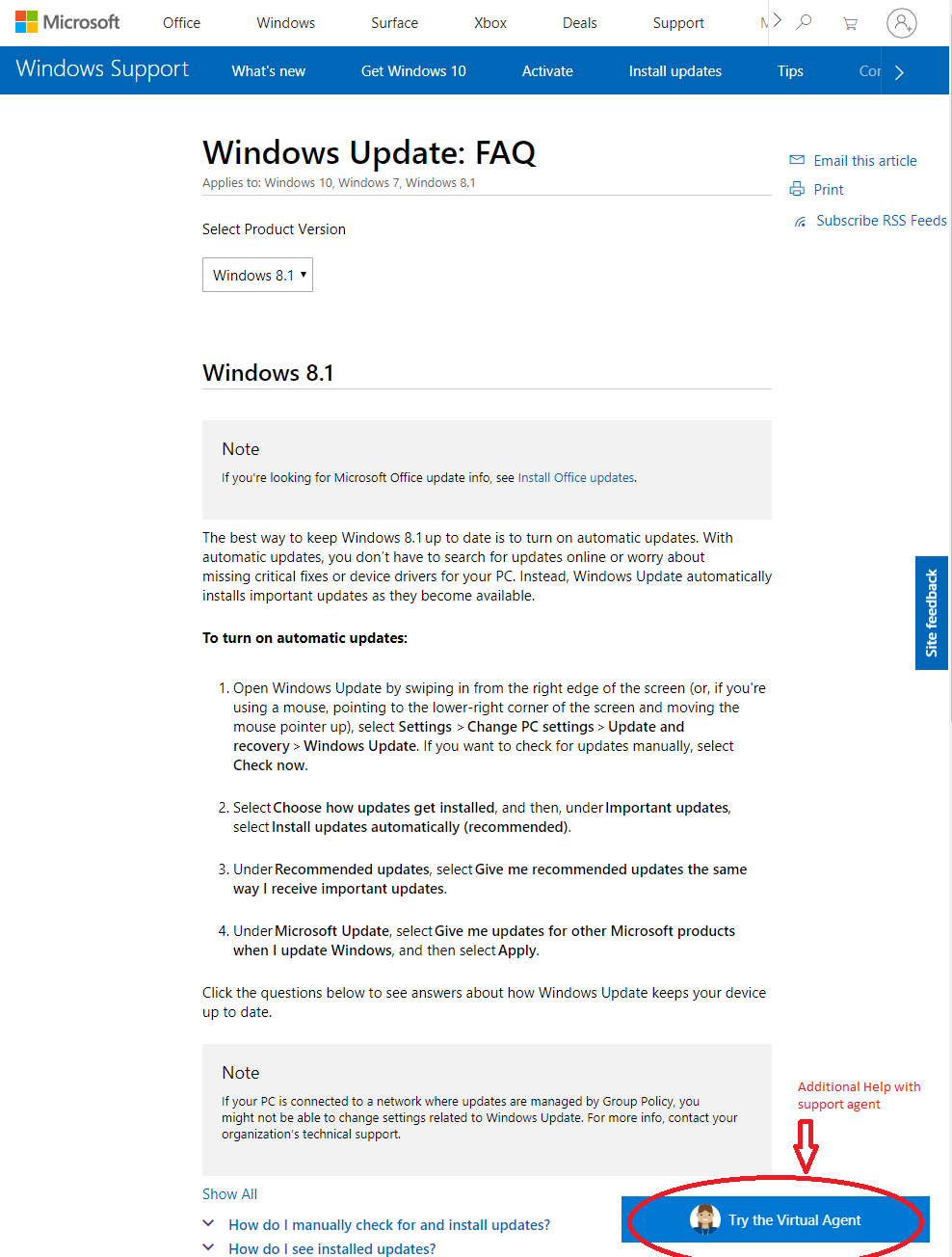
More options More problems
The users can troubleshoot most of their issues with help documentation. So it requires a lot of effort to keep updating the articleS. Here the user can easily navigate around the plethora of content.
Most customer service leaders now believe that customers require ample options for support channel, but is not true. Landing on a convoluted help center makes customers overwhelmed and indecisive. It could be that the sheer number of decisions available forces people to overthink their decisions, which complicates the decision-making process.
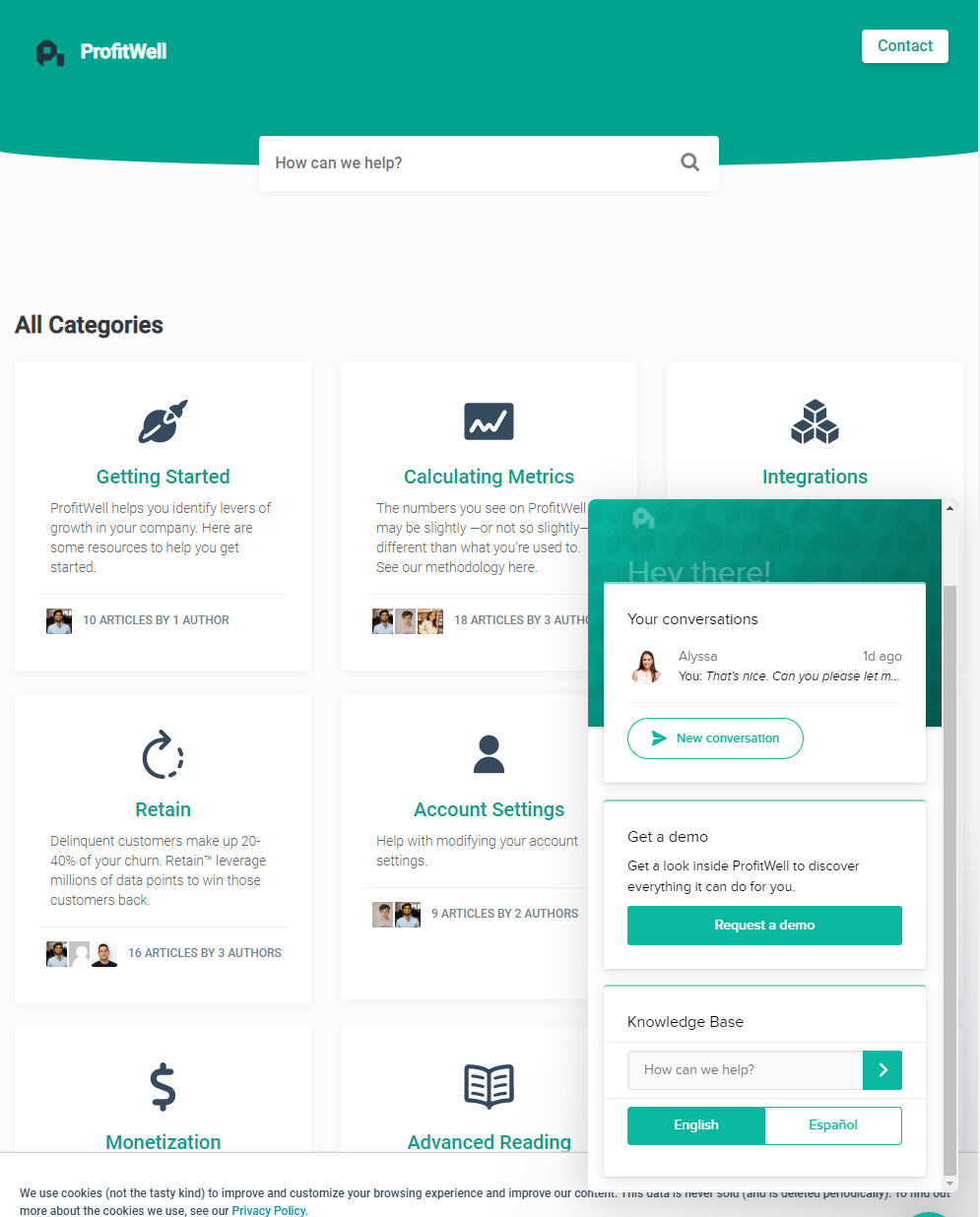
Anticipate Customer behaviours
Let’s expand on the most common scenarios customers have when trying to reach out to a help center. It’s apparent that all customer queries are not the same, we need to categorise the help articles depending on their needs or motivation. Maintaining an in-depth view of every customer segment is critical and success hinges on a host of engaging them with the help center.
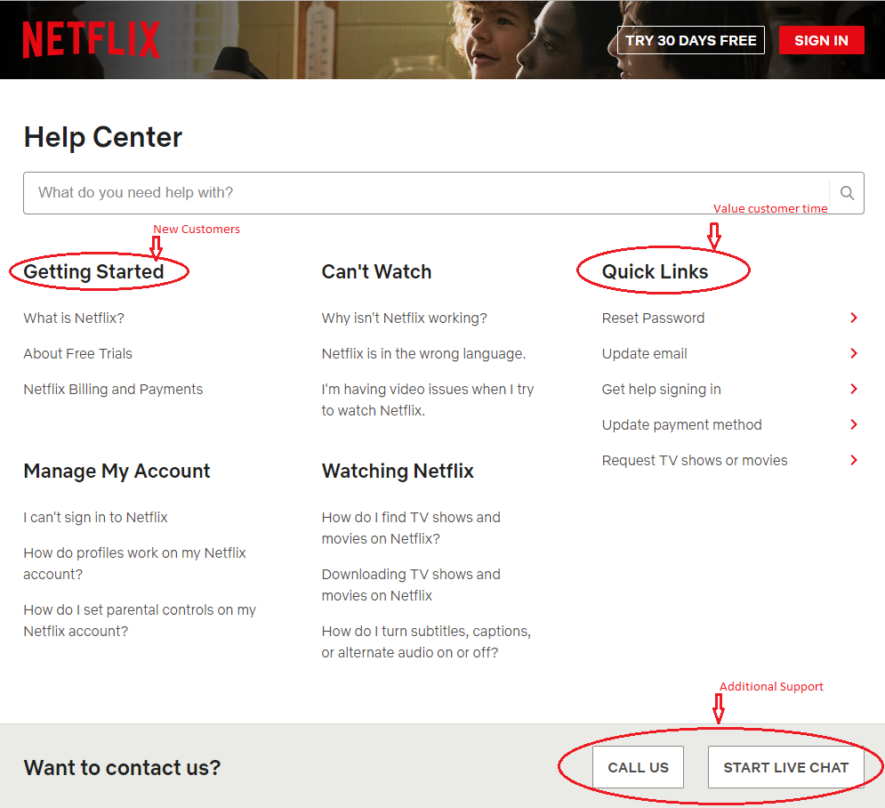
Reinforce comfortability
This is by far the more comprehensive yet simple and well structure help center. They serve as a warm and friendly first impression for newbies. The video tutorials categorised separately is an easy pick for the onboarding customers, reinforcing their friendliness.
The minimal navigation with the table of content is invaluable to directing customers to reach what they are looking for in the help center.

Enormously organised Docs
Inspired by many good designs, we have created a clean, well-structured set of articles. The usage of simple icons and good content mix keeps the design simple and clear. The icons and categories are intuitive and guided, providing the most appropriate tech support to the users. The taxonomy inside each category is highly impressive and clearly communicates the user with categories and subcategories. Customers can easily navigate to the right help section with the help of the table of contents on the right.
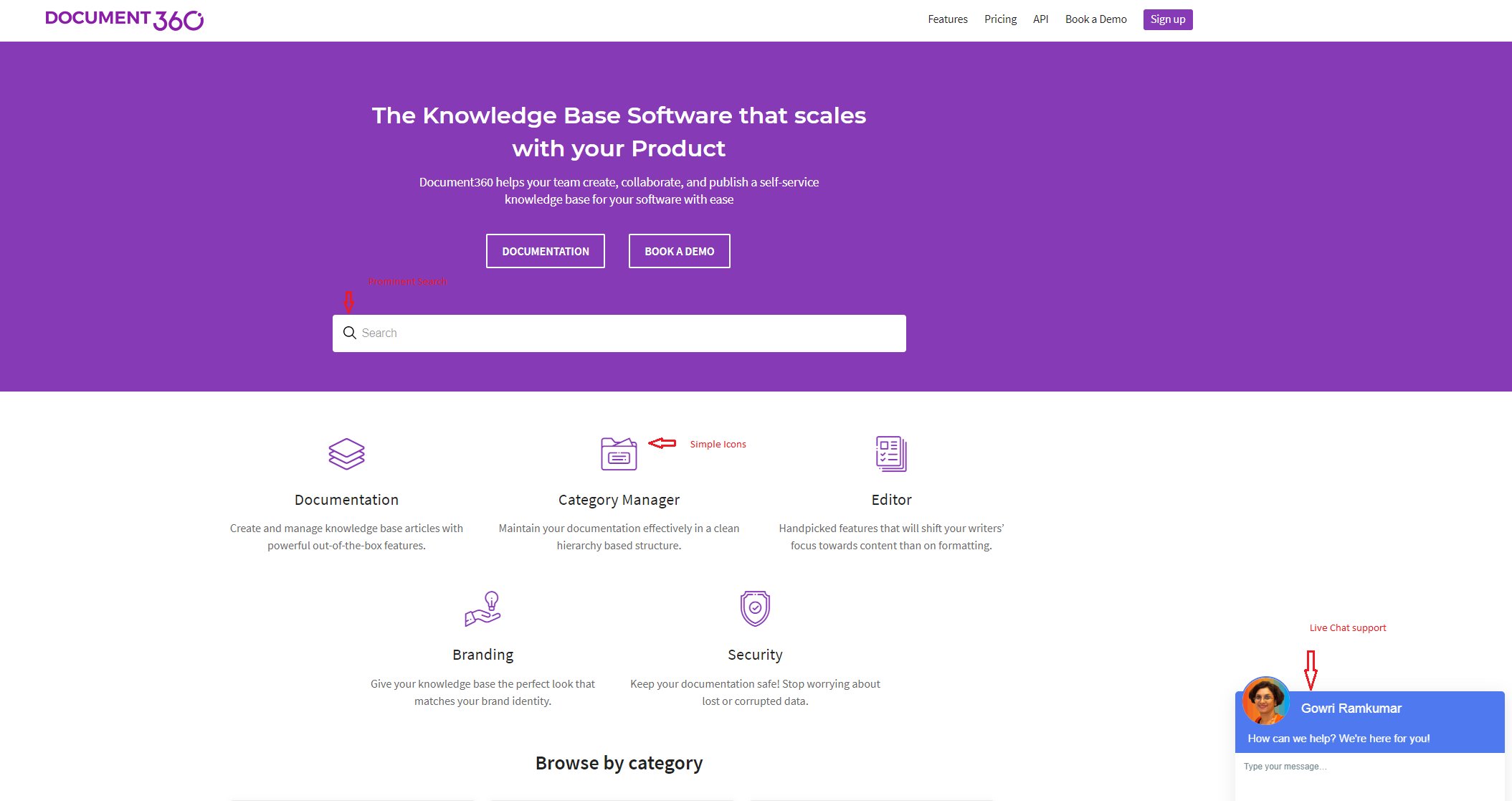
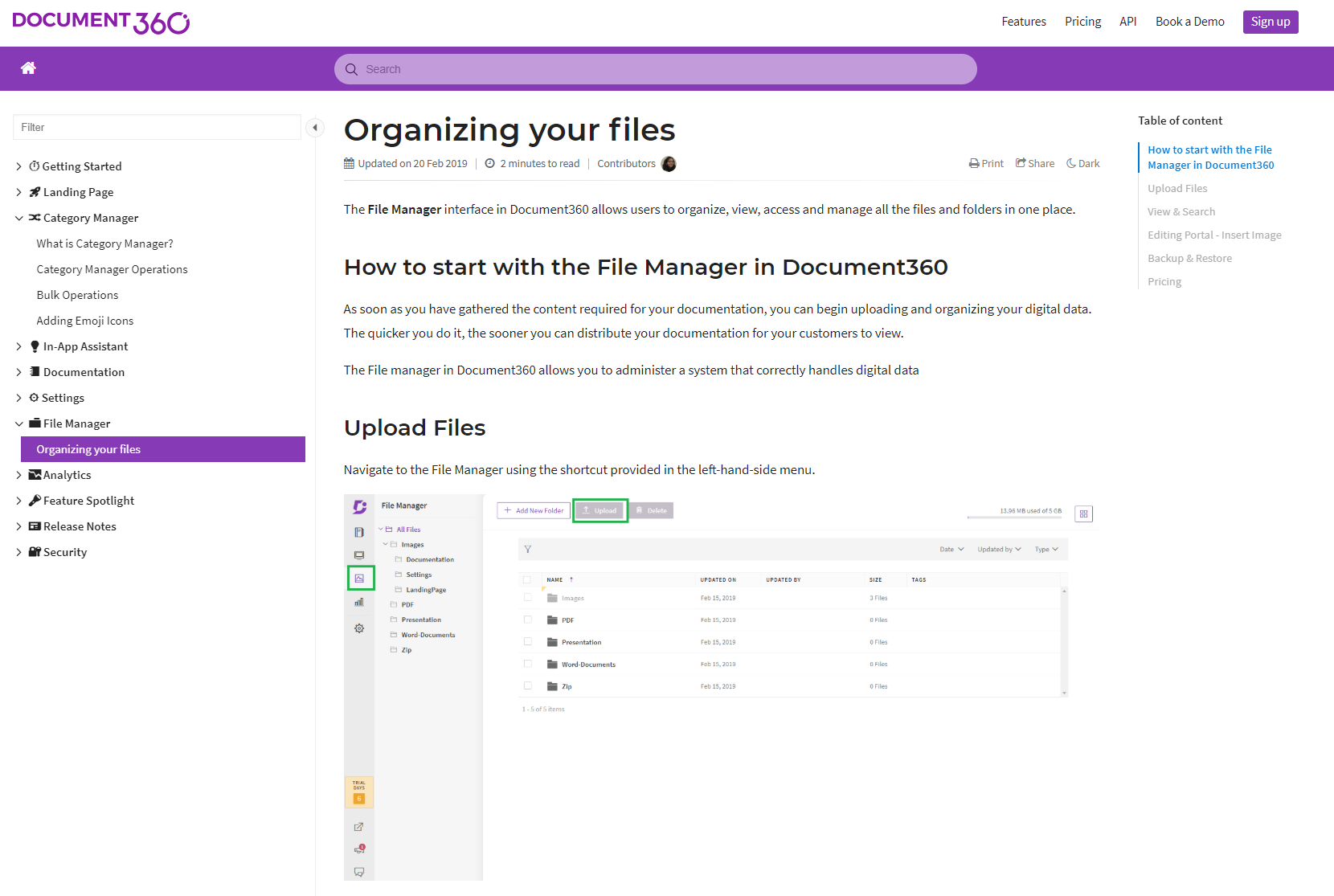
Offering Self-service and getting it right –Document360
At Document360, we’re big proponents of providing self-support to the global customer base. To revolutionize the customer support process and benefit your customers, the help center must be well presented.
Hick’s Law predicts that the time and the effort it takes to make a decision increases with the number of options. So if you want your customer to be self-served instantly then your help center landing page should support quick decision making as much as possible with minimal options to log on to support agent. Offering self-service and a stretch of the support team will provide a competitive edge to customer support.



 –
– 

